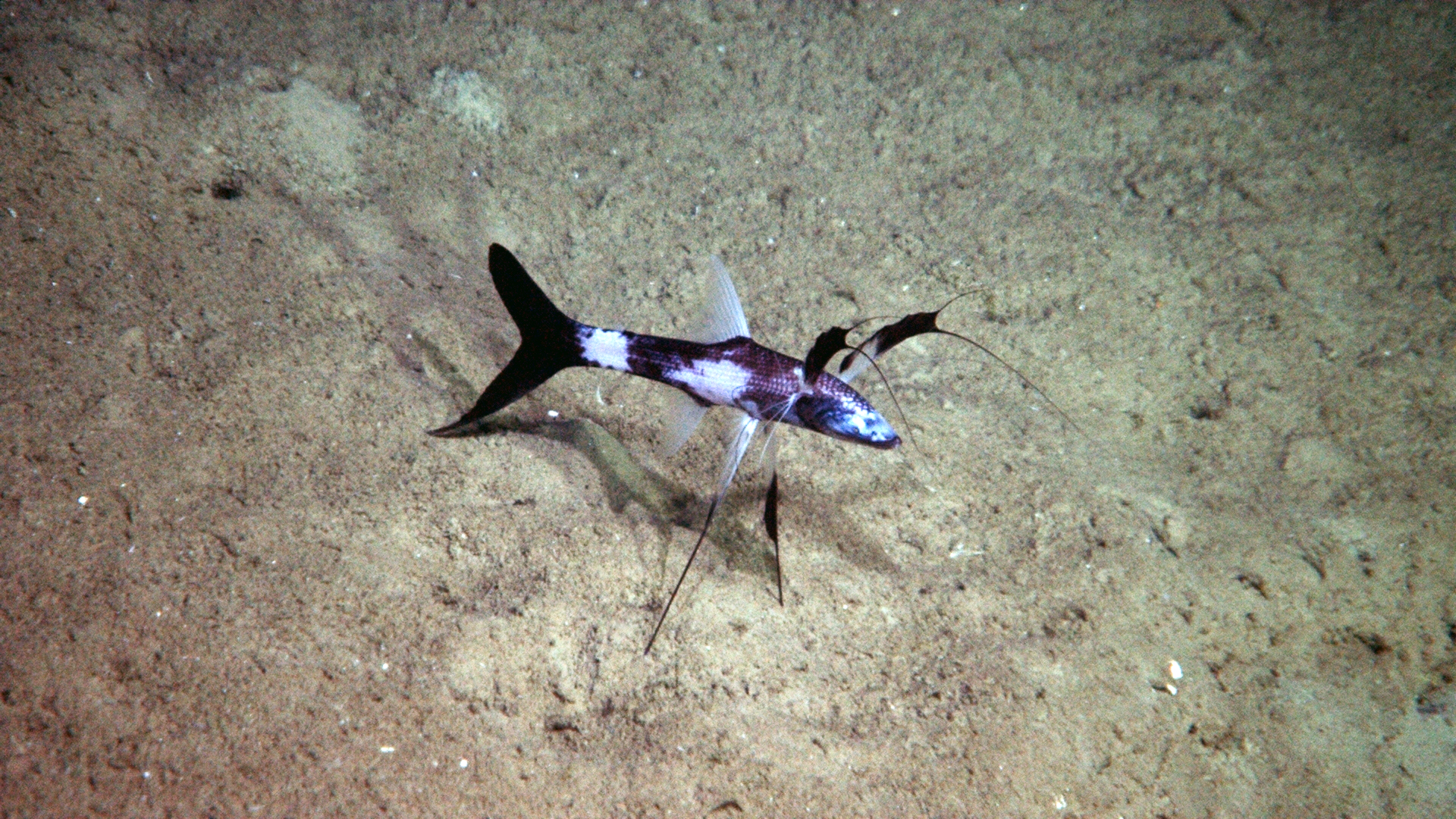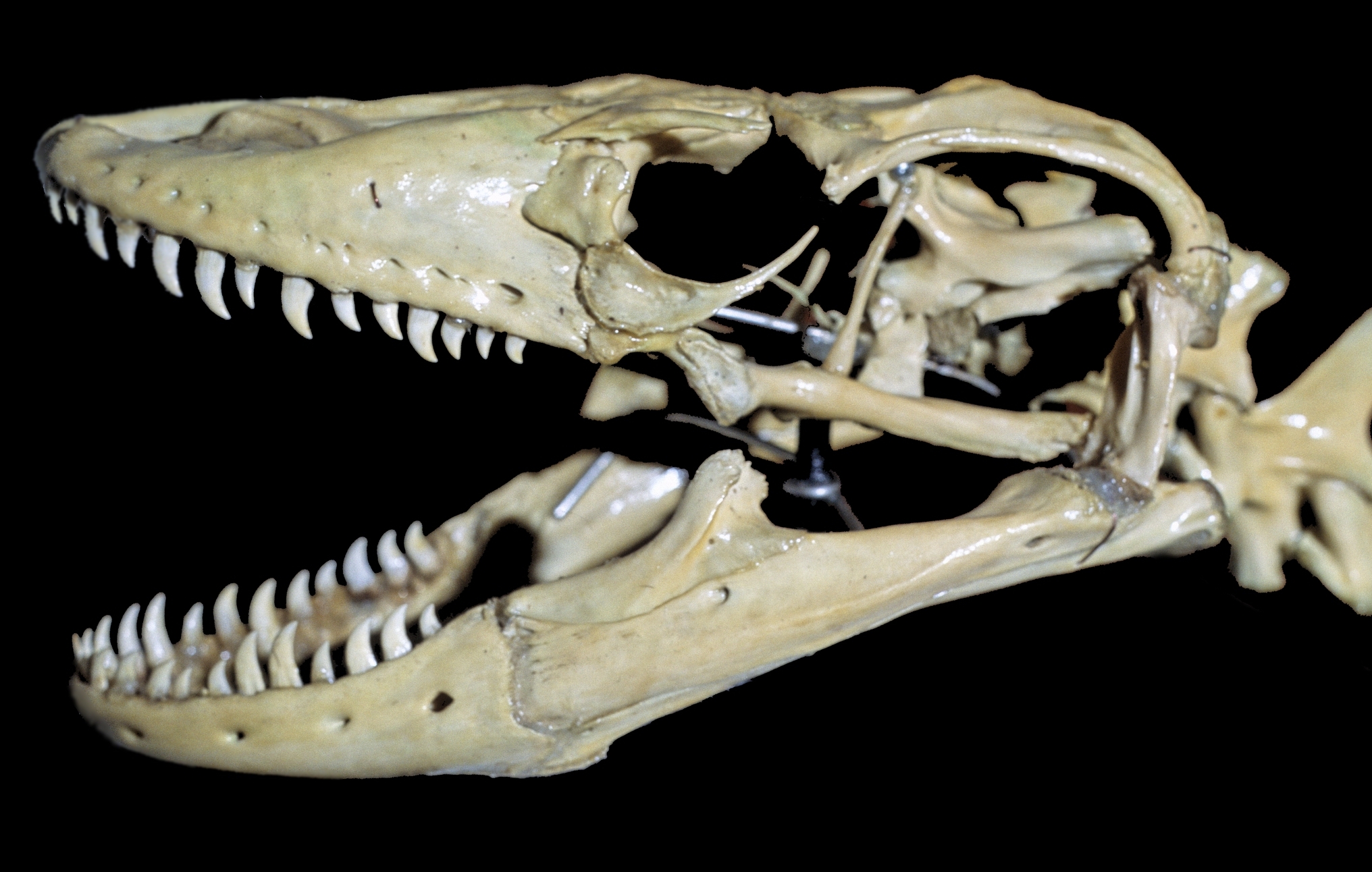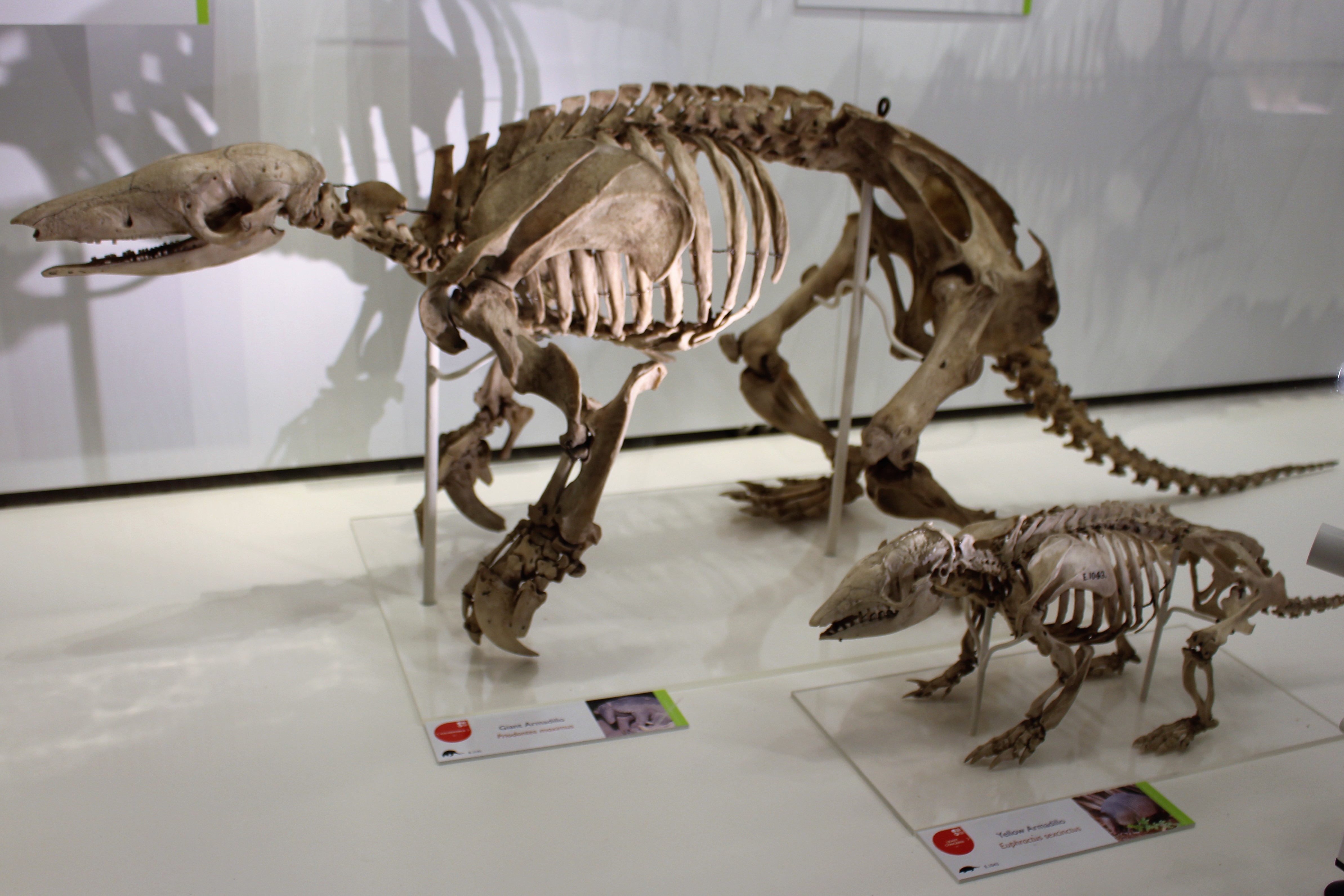|
Tripod Stance
A tripod stance is a behaviour in which quadruped animals rear up on their hind legs and use their tail to support this position. Several animals use this behaviour to improve observation or surveillance, and during feeding, grooming, thermoregulation, or fighting. In mammals The common dwarf mongoose (''Helogale parvula'') adopts a tripod stance when being vigilant for predators. In a similar mammal, the thirteen-lined ground squirrel (''Spermophilus tridecemlineatus''), vigilance behaviour includes four postures: (1) quadrupedal alert (all four feet on the ground with head above the horizontal); (2) semiupright alert (on hind feet with a distinctive slouch); (3) upright alert (on hind feet with back straight and mostly perpendicular to the ground); (4) extended upright alert (similar to upright alert except that the squirrel extends its hind legs, (see image of meerkats). In meerkats (''Suricata suricatta''), the tripod stance may be adopted relatively briefly during foraging, ... [...More Info...] [...Related Items...] OR: [Wikipedia] [Google] [Baidu] |
Monitor Lizard
Monitor lizards are lizards in the genus ''Varanus,'' the only extant genus in the family Varanidae. They are native to Africa, Asia, and Oceania, and one species is also found in the Americas as an invasive species. About 80 species are recognized. Monitor lizards have long necks, powerful tails and claws, and well-developed limbs. The adult length of extant species ranges from in some species, to over in the case of the Komodo dragon, though the extinct varanid known as megalania (''Varanus priscus'') may have been capable of reaching lengths more than . Most monitor species are terrestrial, but arboreal and semiaquatic monitors are also known. While most monitor lizards are carnivorous, eating eggs, smaller reptiles, fish, birds, insects, and small mammals, some also eat fruit and vegetation, depending on where they live. Distribution The various species cover a vast area, occurring through Africa, the Indian subcontinent, to China, the Ryukyu Islands in southern Japan, s ... [...More Info...] [...Related Items...] OR: [Wikipedia] [Google] [Baidu] |
Ipnopidae
The Ipnopidae (deepsea tripod fishes) are a family of fishes in the order Aulopiformes. They are small, slender fishes, with maximum length ranging from about . They are found in temperate and tropical deep waters of the Atlantic, Indian, and Pacific Oceans. A number of species, especially in the genus '' Bathypterois'', have elongated pectoral and pelvic fins. In the case of the tripodfish, ''Bathypterois grallator'', these fins are three times as long as the body — up to a meter in length — and are used for standing on the sea floor. Ipnopids either have tiny eyes, or very large eyes that lack any lens A lens is a transmissive optical device which focuses or disperses a light beam by means of refraction. A simple lens consists of a single piece of transparent material, while a compound lens consists of several simple lenses (''elements ...; in either case they have very poor vision and are unable to form an image. Ipnopidae is a species of fish that have adap ... [...More Info...] [...Related Items...] OR: [Wikipedia] [Google] [Baidu] |
Woodpeckers
Woodpeckers are part of the bird family Picidae, which also includes the piculets, wrynecks, and sapsuckers. Members of this family are found worldwide, except for Australia, New Guinea, New Zealand, Madagascar, and the extreme polar regions. Most species live in forests or woodland habitats, although a few species are known that live in treeless areas, such as rocky hillsides and deserts, and the Gila woodpecker specialises in exploiting cacti. Members of this family are chiefly known for their characteristic behaviour. They mostly forage for insect prey on the trunks and branches of trees, and often communicate by drumming with their beaks, producing a reverberatory sound that can be heard at some distance. Some species vary their diet with fruits, birds' eggs, small animals, tree sap, human scraps, and carrion. They usually nest and roost in holes that they excavate in tree trunks, and their abandoned holes are of importance to other cavity-nesting birds. They sometimes come ... [...More Info...] [...Related Items...] OR: [Wikipedia] [Google] [Baidu] |
Pectoral Fins
Fins are distinctive anatomical features composed of bony spines or rays protruding from the body of a fish. They are covered with skin and joined together either in a webbed fashion, as seen in most bony fish, or similar to a flipper, as seen in sharks. Apart from the tail or caudal fin, fish fins have no direct connection with the spine and are supported only by muscles. Their principal function is to help the fish swim. Fins located in different places on the fish serve different purposes such as moving forward, turning, keeping an upright position or stopping. Most fish use fins when swimming, flying fish use pectoral fins for gliding, and frogfish use them for crawling. Fins can also be used for other purposes; male sharks and mosquitofish use a modified fin to deliver sperm, thresher sharks use their caudal fin to stun prey, reef stonefish have spines in their dorsal fins that inject venom, anglerfish use the first spine of their dorsal fin like a fishing rod to lu ... [...More Info...] [...Related Items...] OR: [Wikipedia] [Google] [Baidu] |
Bathypterois Grallator
The tripodfish or tripod spiderfish, ''Bathypterois grallator'', is a deep-sea benthic fish in the family Ipnopidae found at lower latitudes. It is now relatively well known from photographs and submersible observations, and seems to prefer to perch on the ooze using much elongated fin rays in the tail and two pelvic fins to stand, facing upstream with the pectoral fins turned forward so the outthrust projecting fin rays resemble multiple antennae, and are indeed used as tactile organs. ''B. grallator'' is hermaphroditic. At least 18 species are placed in the genus '' Bathypterois'', several of which have similar appearance and behavior to ''B. grallator''. ''B. grallator'' is the largest member of its genus, commonly exceeding a standard length of and reaching up to . Characteristics The tripodfish, also known as the tripe, has long, bony rays that stick out below its tail fin and both pelvic fins. The fish's head-and-body is up to long, but its fins can be more than . Mos ... [...More Info...] [...Related Items...] OR: [Wikipedia] [Google] [Baidu] |
Dinosaur
Dinosaurs are a diverse group of reptiles of the clade Dinosauria. They first appeared during the Triassic period, between 243 and 233.23 million years ago (mya), although the exact origin and timing of the evolution of dinosaurs is the subject of active research. They became the dominant terrestrial vertebrates after the Triassic–Jurassic extinction event 201.3 mya; their dominance continued throughout the Jurassic and Cretaceous periods. The fossil record shows that birds are feathered dinosaurs, having evolved from earlier theropods during the Late Jurassic epoch, and are the only dinosaur lineage known to have survived the Cretaceous–Paleogene extinction event approximately 66 mya. Dinosaurs can therefore be divided into avian dinosaurs—birds—and the extinct non-avian dinosaurs, which are all dinosaurs other than birds. Dinosaurs are varied from taxonomic, morphological and ecological standpoints. Birds, at over 10,700 living species, are among ... [...More Info...] [...Related Items...] OR: [Wikipedia] [Google] [Baidu] |
Komodo Dragon
The Komodo dragon (''Varanus komodoensis''), also known as the Komodo monitor, is a member of the monitor lizard family Varanidae that is endemic to the Indonesian islands of Komodo, Rinca, Flores, and Gili Motang. It is the largest extant species of lizard, growing to a maximum length of , and weighing up to . As a result of their size, Komodo dragons are apex predators, and dominate the ecosystems in which they live. Komodo dragons hunt and ambush prey including invertebrates, birds, and mammals. It has been claimed that they have a venomous bite; there are two glands in the lower jaw that secrete several toxic proteins. The biological significance of these proteins is disputed, but the glands have been shown to secrete an anticoagulant. Komodo dragons' group behavior in hunting is exceptional in the reptile world. The diet of Komodo dragons mainly consists of Javan rusa (''Rusa timorensis''), though they also eat considerable amounts of carrion. Komodo dragons also occ ... [...More Info...] [...Related Items...] OR: [Wikipedia] [Google] [Baidu] |
Desert Woodrat
The desert woodrat (''Neotoma lepida'') is a species of pack rat native to desert regions of western North America. Description Desert woodrats are relatively small for pack rats, measuring in length, including a tail. They weigh from , with males being larger than females. Their coloring varies between individuals, and can be anything from pale gray to cinnamon to near-black. Regardless of the color on the rest of the body, however, the animal's underparts and feet are always white, while the otherwise pale fur on the throat region is gray at its base. The tail is distinctly bicolored, and has more hair, and fewer visible scales, than the tails of brown rats. Desert woodrats have a narrow snout, long whiskers, and relatively long ears that are almost the length of the hind feet. Distribution and habitat Desert woodrats range from southeastern Oregon and southwestern Idaho, south through Nevada and western Utah to California in the US, and Baja California and extreme nort ... [...More Info...] [...Related Items...] OR: [Wikipedia] [Google] [Baidu] |
Fighting Red Kangaroos 1
Combat ( French for ''fight'') is a purposeful violent conflict meant to physically harm or kill the opposition. Combat may be armed (using weapons) or unarmed ( not using weapons). Combat is sometimes resorted to as a method of self-defense, or can be used as a tool to impose one's will on others. An instance of combat can be a stand-alone confrontation or a small part of a much larger violent conflict. Instances of combat may also be benign and recreational, as in the cases of combat sports and mock combat. Combat may comply with, or be in violation of local or international laws regarding conflict. Examples of rules include the Geneva Conventions (covering the treatment of people in war), medieval chivalry, the Marquess of Queensberry rules (covering boxing) and several forms of combat sports. Hand-to-hand combat Hand-to-hand combat (melee) is combat at very close range, attacking the opponent with the body ( striking, kicking, strangling, etc.) and/or with a melee wea ... [...More Info...] [...Related Items...] OR: [Wikipedia] [Google] [Baidu] |
Anteater
Anteater is a common name for the four extant mammal species of the suborder Vermilingua (meaning "worm tongue") commonly known for eating ants and termites. The individual species have other names in English and other languages. Together with the sloths, they are within the order Pilosa. The name "anteater" is also commonly applied to the unrelated aardvark, numbat, echidnas, pangolins, and some members of the Oecobiidae, although they are not closely related to them. Extant species are the giant anteater ''Myrmecophaga tridactyla'', about long including the tail; the silky anteater ''Cyclopes didactylus'', about long; the southern tamandua or collared anteater ''Tamandua tetradactyla'', about long; and the northern tamandua ''Tamandua mexicana'' of similar dimensions. Taxonomy Classification The anteaters are more closely related to the sloths than they are to any other group of mammals. Their next closest relations are armadillos. There are four extant species in three ... [...More Info...] [...Related Items...] OR: [Wikipedia] [Google] [Baidu] |
Giant Armadillo
The giant armadillo (''Priodontes maximus''), colloquially ''tatu-canastra'', ''tatou'', ''ocarro'' or ''tatú carreta'', is the largest living species of armadillo (although their extinct relatives, the Glyptodontidae, glyptodonts, were much larger). It lives in South America, ranging throughout as far south as northern Argentina. This species is considered vulnerable to extinction. The giant armadillo prefers termites and some ants as prey, and often consumes the entire population of a termite mound. It also has been known to prey upon worms, larvae and larger creatures, such as spiders and snakes, and plants. Some giant armadillos have been reported to have eaten bees by digging into beehives. At least one zoo park, in Villavicencio, Colombia – ''Los Ocarros'' – is dedicated to this animal. Description The giant armadillo is the largest living species of armadillo, with 11 to 13 hinged bands protecting the body and a further three or four on the neck. Its body is dark ... [...More Info...] [...Related Items...] OR: [Wikipedia] [Google] [Baidu] |




.png)


_midden.jpg)


